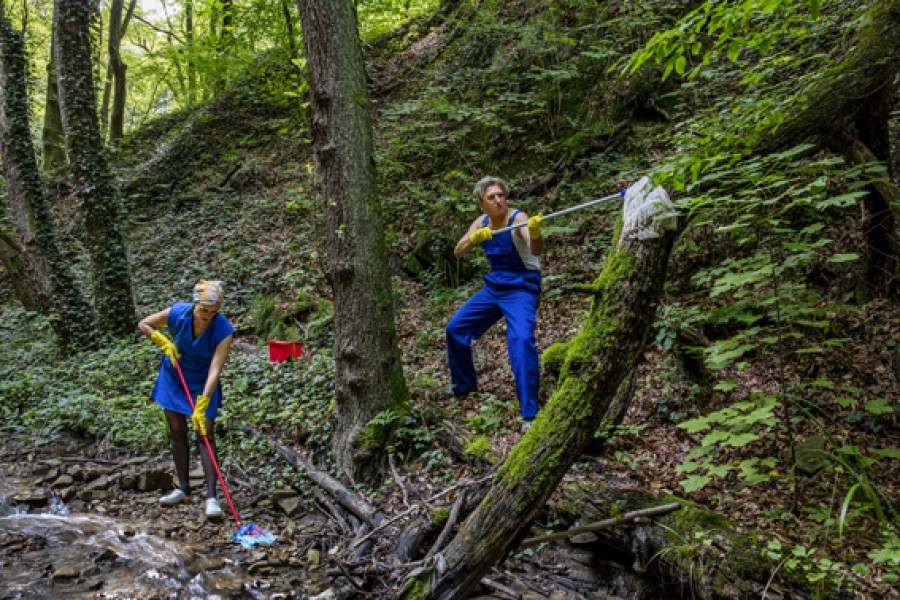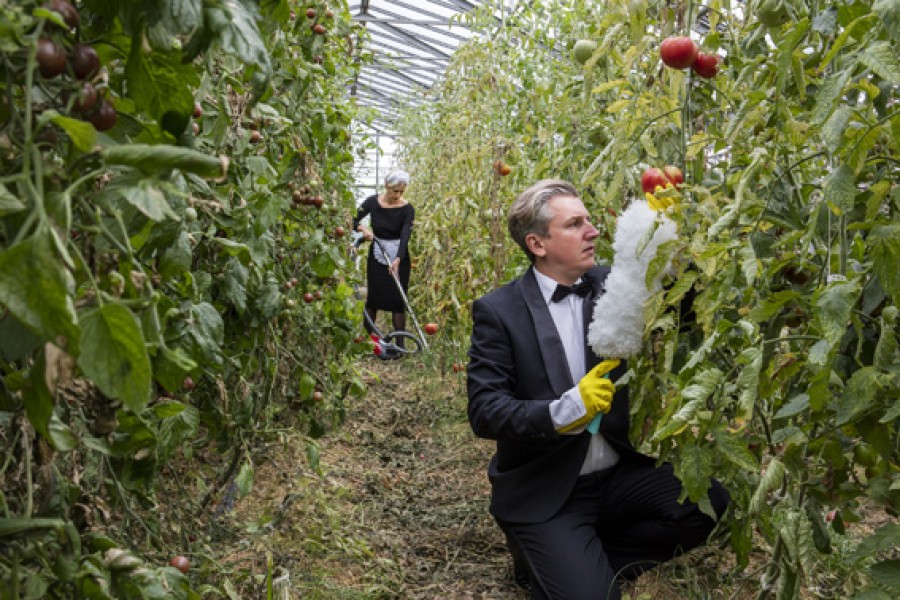Putzen: Eine Kulturtechnik
Publisher: | Böhlau |
Authors: | Sonja Stummerer & Martin Hablesreiter |
Photos: | Ulrike Köb / www.koeb.at / Daisuke Akita / www.daisukeakita.com |
ISBN: | 978-3-205-21242-3 |
|
Cleanliness is an essential part of culture. It is connected to health and civilization, but also implicated in social and religious aspects. What we determine as dirty and how we clean that dirt, is a question of cultural tradition. Each culture, each époque performs different cleaning procedures and develops specific cleaning techniques. Nevertheless cleaning is often considered a job without competences, executed by persons at the lowest end of the social hierarchy. Usually private homes are cleaned by unpaid female family members or by female migrants.
Standards of cleanliness and concepts about what constitutes dirt also relate to religious, moral and other symbolic values. Dirt is used to describe unethical, irreligious behavior, whereas the efforts for managing the dirt in one’s home show the virtue of the housewife. So if dirt is immoral and potentially lethal, why is cleaning not a popular and highly prestigious job?
Cleaning is not only a daily routine, but a political act. Cleanliness is implicated in social hierarchy, gender, migration and environmental issues. Meanwhile dirt has become a big market by massively commercializing our ideas of what is clean and how to banish dirt. Before the Industrial Revolution most detergents were homemade using specific plants or leftovers such as ash and animal fat. Nowadays we live the contradiction that while we clean our homes we make nature dirty, by using chemical detergents and throwing numerous empty plastic packages into the waste. Cleaning produces waste – i.e. dirt……



